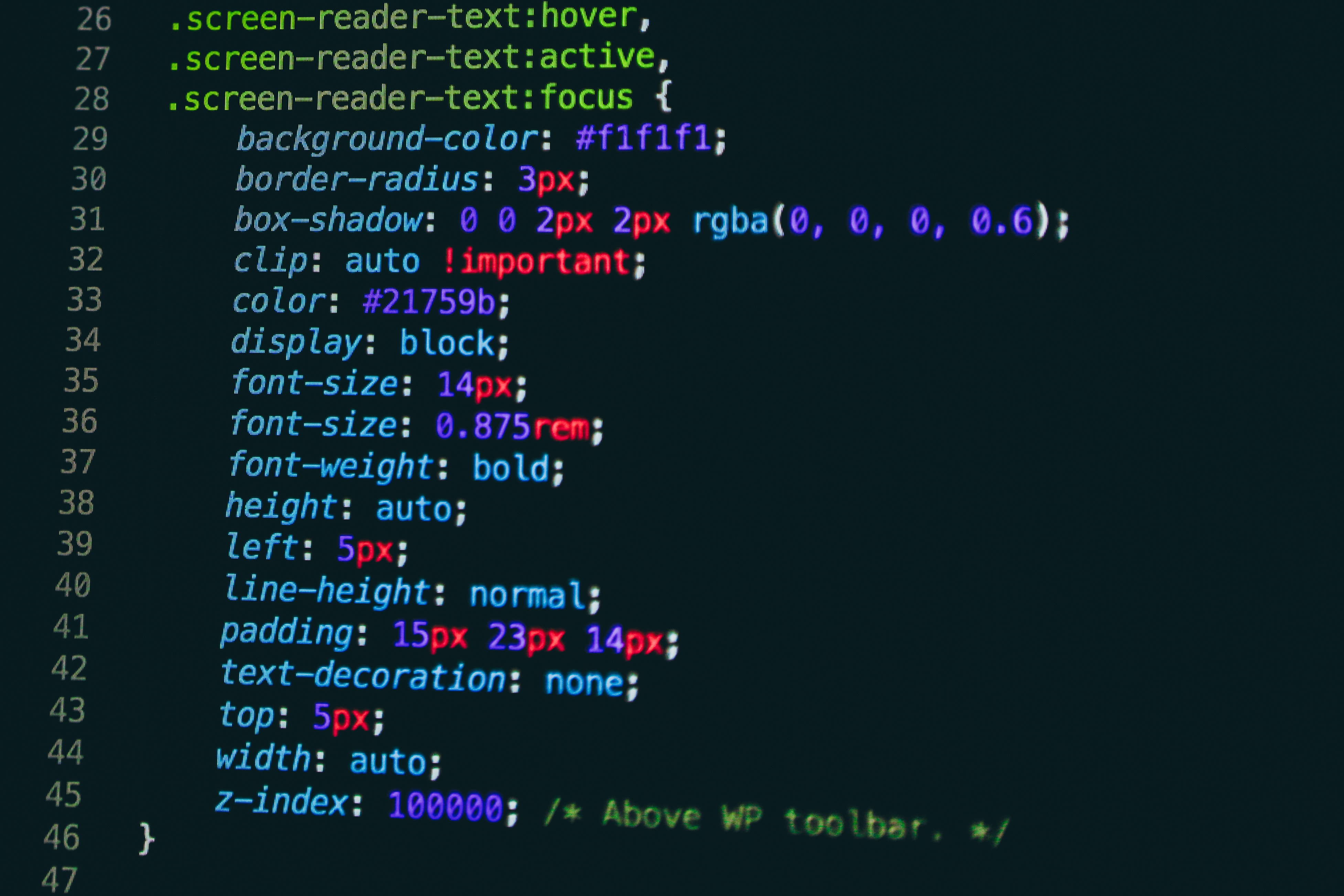At Kinettix, our goal is to help you execute a successful global IT deployment, wherever in the world you’re doing business. That’s why we’ve spent the past year writing blog posts about global field techs, global IT deployments, and IT field services designed to help you do just that.
In case you missed them, here are our most-viewed blog posts to date:
1. How to Navigate Russian Accounting and Taxes in IT Deployments
This is a hot topic, and we can understand why: Often, U.S. companies will shy away from doing commerce with customers abroad — such as ones in Russia — because they don’t want to go through the bureaucracy of international payments.
In this blog, we explain three accounting and tax issues that you can expect to encounter in Russia and break down the Federal Tax Service, the Russian version of limited liability companies, and whether you should open a branch office or a representative office.
2. The Most Common Challenges of IT Field Service Management in Europe and How to Solve Them
Aside from the inherent complications of doing business in any foreign country — language barriers, cultural differences, and an ever-changing political climate — IT field service management in Europe poses some unique challenges. This blog explains how to solve the challenges of equipment procurement, VAT issues, and hiring qualified global field techs.
3. 3 Myths About Using a Contingent Workforce in Onsite IT Deployments
In the traditional industry of IT field services, many still believe that using a contingent workforce — a large pool of independent, freelance technicians — isn’t worth the trouble. In this blog post, we explain why three widely-held beliefs — that contingent workforce utilization is a temporary trend, that contingent workers are less reliable and less motivated, and that compliance is too difficult to ensure with contingent workers — are simply not true.
4. 3 Reasons to Ditch Your Third-Party Provider for a Workforce Platform
This is a bold proposition, but this post makes the case for making this transition. Simply put, over-reliance on third parties can lead to disjointed project execution, misaligned strategy, and poor KPIs — leading to failed projects and customer dissatisfaction. All of this could be avoided by using a cloud-based labor platform.
5. The Key Components of a Retail Deployment Design
For a successful IT deployment, you need both a deployment plan and a deployment design — a document that outlines how all of the tasks in the plan will be implemented. In this blog post, we outline everything that needs to go into this document before it’s distributed to every member of the deployment team.
6. 4 Things to Consider Before Undertaking a European IT Deployment
For U.S.-based companies considering expanding into Europe, performing due diligence is critical. There are many financial incentives, including lower corporate tax rates and a less costly workforce, but also language barriers and a complex political climate to consider.
7. 3 Reasons to Transition to an IT Field Services Platform
The robust capabilities of IT field services platforms have made them an emergent necessity instead of a trend for global businesses. If you want to acquire the best technicians, spend smarter on field services and improve and grow, this post breaks down why a field services platform is the only way to go.
8. 5 Tips for Overcoming Language Barriers in Your Global IT Deployment
Whether you’re meeting with partners abroad or handling site logistics for global IT deployment, overcoming language barriers is an inherent part of international business. Here, we share five tips for helping to prevent miscommunications and costly mistakes.
9. Why You Must Design Your Retail Technology Deployments — Not Just Plan Them
For retailers, simply planning an IT deployment is not enough — they must also design their deployments. A deployment plan explains what you’re going to do, whereas a deployment design tells you how you will actually do it. This post illustrates the difference between a deployment plan and a deployment design.
10. Six Telecommunications Trends to Watch in 2018
Yes, 2018 is more than half over, but that doesn’t mean that you shouldn’t still keep an eye on these telecom trends, including Over-the-Top (OTT) Players, machine learning, and the Internet of Things.






